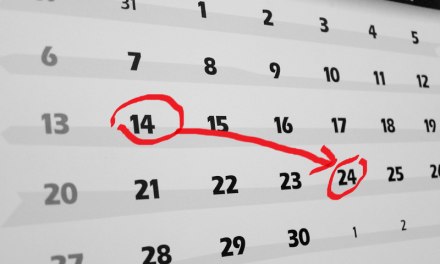If you’re like a lot of addiction treatment programs, you have a website, and you know how important it is to keep it updated with the latest information about your programs, press coverage, events, and accomplishments. But although you may be updating the important information on your site, when was the last time you refreshed the site itself?
A good website can do a lot for a program. More than ever, with social media and online resources becoming such an important vector for customers to find out about you. But if your site hasn’t been refreshed in the last couple of years, it’s not doing all it can for you. Here are four easy tips:
Less Text, More Social Media
Older search algorithms relied on text a lot. Plenty of text keywords and phrases were essential to make sure that search engines like Google could find our site and rank it highly, but those algorithms have changed. Links to Facebook pages, Twitter streams, blog feeds and other social media really matter now, so make sure everyone can find your “Like/Follow/Connect” buttons, and have good reason to use them.
Create a Blog
Increasing SEO (search engine optimization) isn’t the only reason for text-heavy content. We also want to make useful information on various topics available to patients, families, and others. But loading it on pages (or worse, adding more pages with each article, commentary, etc.) promotes “site bloat,” and can make it difficult for people to navigate the site for information they really need—like how to get someone admitted to our facility or whether we have a family program. Link a blog to your main navigation menu and use plugins to “scrape” blog content onto your website pages to create a nice synergy between your site and your blog.
Add More Images
Images can tell stories and attract interest much more quickly than text. The average time people spend looking at a page before making the decision to click away or stay and explore is very short. A text-heavy page with few, small, or no images—or generic/irrelevant images—may not be as appealing as a thought-provoking or attractive image that can influence the decision in favor of “stay and look.” Readers can always click “read more” links to see additional information, which keeps them involved and interacting with the site.
Let Your Information Travel
Put important information—checklists, information for families, FAQ sheets, articles, directories, etc. into .pdf format and allow visitors to download them. Make sure social media “share” buttons are easy to use, and put “share this with a friend” or “email this to” links on all your key content items. It’s easier than ever, as content management systems become friendlier and more versatile, and it’s a chance for your information, name, and brand to reach a wider audience.
Effective websites for addiction treatment programs need to balance between the practical marketing goals that will “sell” our program to patients and referral sources, and the service and information goals that build trust and promote our brand on a broader scale. As web tools advance, we can do more of both by keeping our sites fresh and current.














Cecile,
Wonderful information. I have been following RSI on Twitter and am just getting around to enjoying the abundance of resources on this site. I am in the process of settling up a companion site with a recovery forum. Your suggestions have really helped me redirect some of the more questionable aspects of this project.
Thank you, Lisa
So glad it’s useful. We tried to use these tips in redesigning this site, and with luck, it will be easier for everyone to find good info here. Love seeing you in our Twitterfeed, too.
Cecile